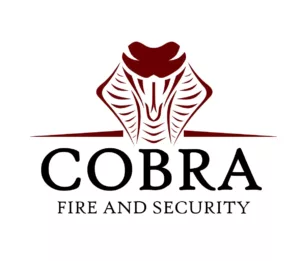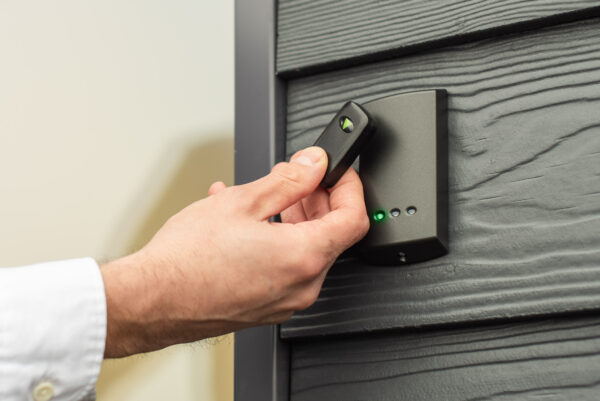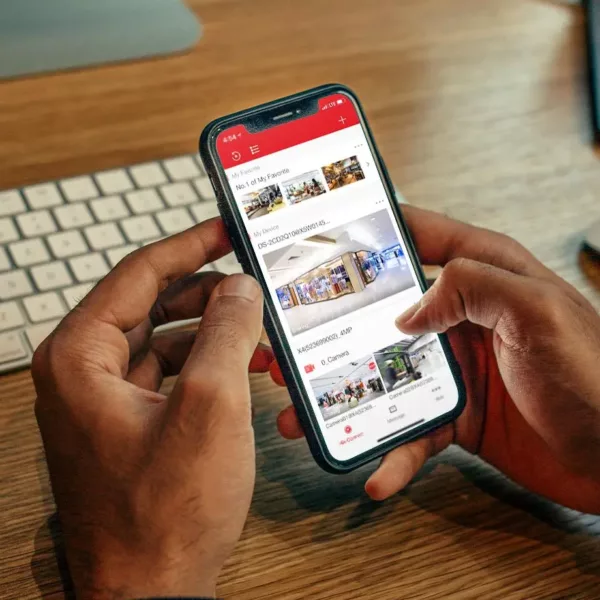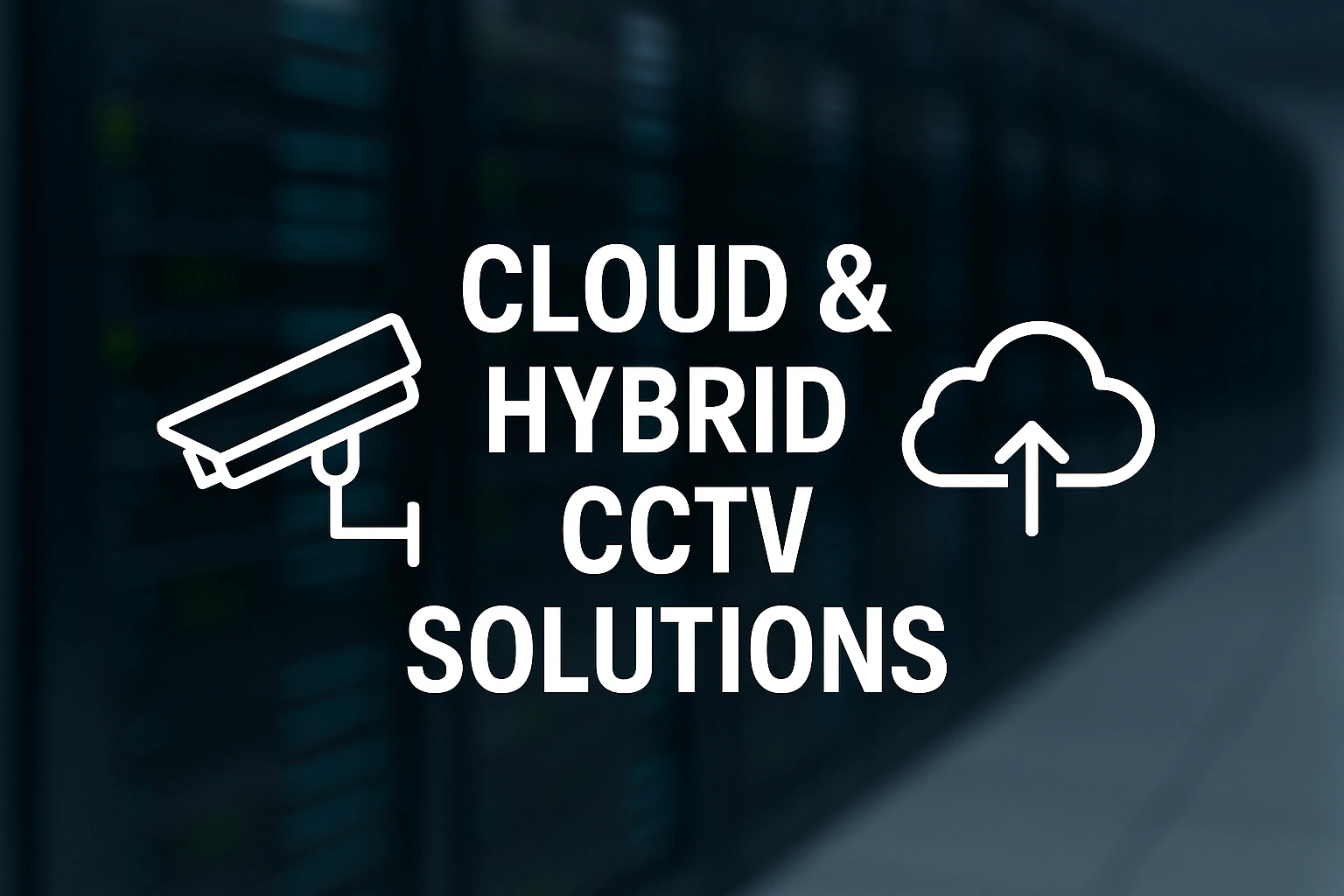
Fire Alarm Categories: Straight from a Veteran’s Notebook (BS 5839-1 Explained)
Having designed, installed, and maintained countless fire alarm systems over the years, I can tell you that understanding the BS 5839-1 standards for fire alarm categories isn’t just about compliance – it’s about making the right call to truly protect lives and property. These categories of fire alarm systems, laid out in BS 5839-1:2025, define the system’s purpose and the extent of its automatic detection. Let’s cut straight to what each fire alarm category means in practice. The following eight types of fire alarms:
- Category M – Manual fire alarm system
- Category L1 – Maximum life protection automated fire alarm system
- Category L2 – Additional life protection automated fire alarm system
- Category L3 – Standard life protection automated fire alarm system
- Category L4 – Modest life protection automated fire alarm system
- Category L5 – Localised life protection automated fire alarm system
- Category P1 – Maximum property protection automated fire alarm system
- Category P2 – Minimum property protection automated fire alarm system
Category M – Manual Fire Alarm Systems
What is Category M: A purely manual fire alarm system. This means there are no automatic detectors; alarms are initiated solely by human activation of a manual call point (MCP). This is your category M fire alarm.
My take: This is the bedrock, found in environments where someone is always present to spot a fire and raise the alarm quickly. Think small, low-risk workshops or very compact offices with good visibility. While basic, proper placement of MCPs (ensuring no more than 45 metres to reach one) is vital. Every other fire alarm system category, by the way, will always incorporate a robust category M fire alarm system element.
Category L – Life Protection
These category L fire alarm systems are all about early warning for occupants. The “L” stands for Life, and the numbers indicate the scope of automatic detection.
Category L1 Fire Alarm System – Maximum life protection
What is an L1 Fire Alarm: Automatic Fire Detection installed throughout virtually all areas of the building, including roof voids and other concealed spaces. This is a category L1 fire alarm.
My take: This is the highest level of life protection and is essential for premises where occupants might be asleep, have limited mobility, or require significant time to evacuate. Think care homes, hospitals, hotels, or large residential towers. The goal is the absolute earliest possible detection, ensuring maximum evacuation time for everyone, everywhere.
Category L2 Fire Alarm System – Additional life protection
What is an L2 Fire Alarm: Automatic detection in escape routes and rooms opening off them (as per L3), plus additional detection in specified high-risk areas. This is your category L2 fire alarm system.
My take: A step up for places like factories, medium-sized commercial buildings, or larger residential blocks. We install detectors in “hot spots” like kitchens, boiler rooms, or IT server rooms, even if they don’t directly open onto a primary escape route. This proactive approach with a category L2 fire alarm catches fires where they’re most likely to start or spread rapidly, offering a broader shield for occupants.
Category L3 Fire Alarm System – Standard life protection
What is an L3 Fire Alarm: Smoke or Heat detection in all escape routes, plus all rooms or areas that open directly onto those routes. This is a category L3 fire alarm system.
My take: This is a common choice for general office buildings and commercial premises with multiple floors. The logic is simple: fires usually start in rooms, not corridors. By detecting a fire in a room before it spills into the escape route, the category L3 fire alarm system provides a critical earlier warning, giving occupants more time to evacuate safely.
Category L4 Fire Alarm System – Modest life protection
What is an L4 Fire Alarm: Automatic Fire Detection installed primarily in escape routes and circulation areas like corridors and stairwells. This falls under a category L4 fire alarm system.
My take: Commonly seen in low-risk ground-floor offices or small, single-storey premises where occupants can quickly reach an exit. The priority here is to keep the escape routes clear. If smoke or fire hits a corridor, these detectors immediately raise the alarm, guiding people to safety.
Category L5 Fire Alarm System – Localised life protection
What is an L5 Fire Alarm Ssytem: A non-prescriptive system where automatic fire detection (AFD) is specifically designed to address a particular, unique fire risk objective, not covered by L1-L4. This is your category L5 fire alarm system.
My take: This is where our experience truly comes into play. I’ve used category L5 fire alarm systems in scenarios like protecting specific, high-risk plant rooms within a larger facility, or heritage buildings with unique structural vulnerabilities. It’s about tailoring detection precisely to a known, significant hazard.
Category P Fire Alarm System- Property Potection
These category P fire alarm systems prioritise safeguarding your assets and ensuring business continuity.
Category P1 Fire Alarm System
What is a P1 Fire Alarm System: Smoke or Heat detection installed throughout all areas of the building.
My take: If every square foot of your property holds significant value, or if business interruption is a massive concern, P1 is the answer. Large warehouses, museums, data centres – these are typical P1 environments. The objective is the absolute earliest detection across the entire site to limit fire spread and subsequent damage as much as possible.
Category P2 Fire Alarm System
What is a Category P2 Fire Alarm System: Automatic Fire Detection installed only in defined, high-risk areas of the building where the contents are valuable or critical to operations. This is a category P2 fire alarm.
My take: This is often driven by insurance requirements or to protect specific, costly assets. I’ve designed category P fire alarm systems for server rooms, archives, or specific manufacturing zones within a larger building. It’s about detecting fire quickly in those critical areas to minimise damage and get the business back online fast.
Making the Right Choice: My Professional Recommendation on the category of your Fire Alarm
Choosing the right fire alarm category is never a ‘one-size-fits-all’ decision. It stems directly from a thorough Fire Risk Assessment, which considers:
- The nature and size of your building.
- Its occupancy levels and occupant characteristics (e.g., sleeping, mobility impaired).
- The value and nature of the contents.
- Specific fire hazards present.
- Your legal and insurance obligations.
From years in this industry, my strongest advice is to always engage a competent fire safety professional. They will conduct a comprehensive assessment, clarify the most suitable BS 5839 fire alarm category for your premises, and ensure your fire alarm system categories are designed, installed, and maintained to provide optimal protection. Don’t leave fire safety to chance; make an informed decision to safeguard your future.
Fire Alarm Categories: Quick Reference Overview (BS 5839-1)
| Category | What It Is (BS 5839 Definition Essence) | Primary Purpose / Typical Application |
|---|---|---|
| M | Manual System Only. No automatic fire detectors; alarm initiated solely by manual call points (MCPs). (The category M fire alarm system) | Basic alerting in low-risk, small premises where occupants are expected to manually discover and report a fire quickly (e.g., small offices, workshops). |
| L5 | Specific Risk Life Protection. AFD custom-designed to address a unique, defined fire risk not covered by L1-L4. (A category L5 fire alarm system) | Tailored detection for specific hazards or complex areas where standard categories are insufficient (e.g., bespoke protection for unique architectural spaces or specific plant rooms). |
| L4 | Escape Route Life Protection. AFD in escape routes and circulation areas (corridors, stairwells). (A category L4 fire alarm system) | To provide early warning for occupants specifically within primary escape routes (e.g., low-risk ground-floor offices, smaller commercial units). |
| L3 | Enhanced Escape Route Life Protection. AFD in all escape routes AND all rooms/areas opening onto those routes. (A category L3 fire alarm system) | To provide earlier warning for occupants by detecting fires in rooms before they compromise escape routes (e.g., multi-storey office buildings, larger commercial premises). |
| L2 | High-Risk Area Life Protection. AFD in escape routes and rooms opening off them (L3), PLUS additional specified high-risk areas. (A category L2 fire alarm system) | Provides broader life safety by adding detection in critical hazardous zones (e.g., kitchens, boiler rooms, IT server rooms in general commercial buildings). |
| L1 | Maximum Life Protection. AFD installed throughout virtually all areas of the building, including roof voids. (A category L1 fire alarm) | The highest level of life protection, ensuring the earliest possible warning for all occupants (e.g., care homes, hospitals, hotels, large residential buildings). |
| P2 | Defined Property Protection. AFD installed only in specific, defined high-risk areas of the property. (A category P fire alarm) | To provide early warning to minimise damage to high-value assets or critical operational areas (e.g., server rooms, archives, specific manufacturing zones). |
| P1 | Extensive Property Protection. AFD installed throughout all areas of the building. (A category P fire alarm system) | To provide the earliest possible warning across the entire property to minimise fire damage and ensure business continuity (e.g., large warehouses, museums, data centres). |
Reviewed: 18/06/2025 Our articles are reviewed regularly. However, any changes made to standards or legislation following the review date will not have been considered. Please note that we provide abridged, easy-to-understand guidance. To make detailed decisions about your fire safety provisions, you might require further advice or need to consult the full standards and legislation.
Share this article
Written by : Michael Winter
Follow us
A quick overview of the topics covered in this article.
- Fire Alarm Categories: Straight from a Veteran’s Notebook (BS 5839-1 Explained)
- Category L – Life Protection
- Category P Fire Alarm System- Property Potection
- Making the Right Choice: My Professional Recommendation on the category of your Fire Alarm
- Fire Alarm Categories: Quick Reference Overview (BS 5839-1)
Latest articles
December 11, 2025
December 11, 2025
December 11, 2025

















